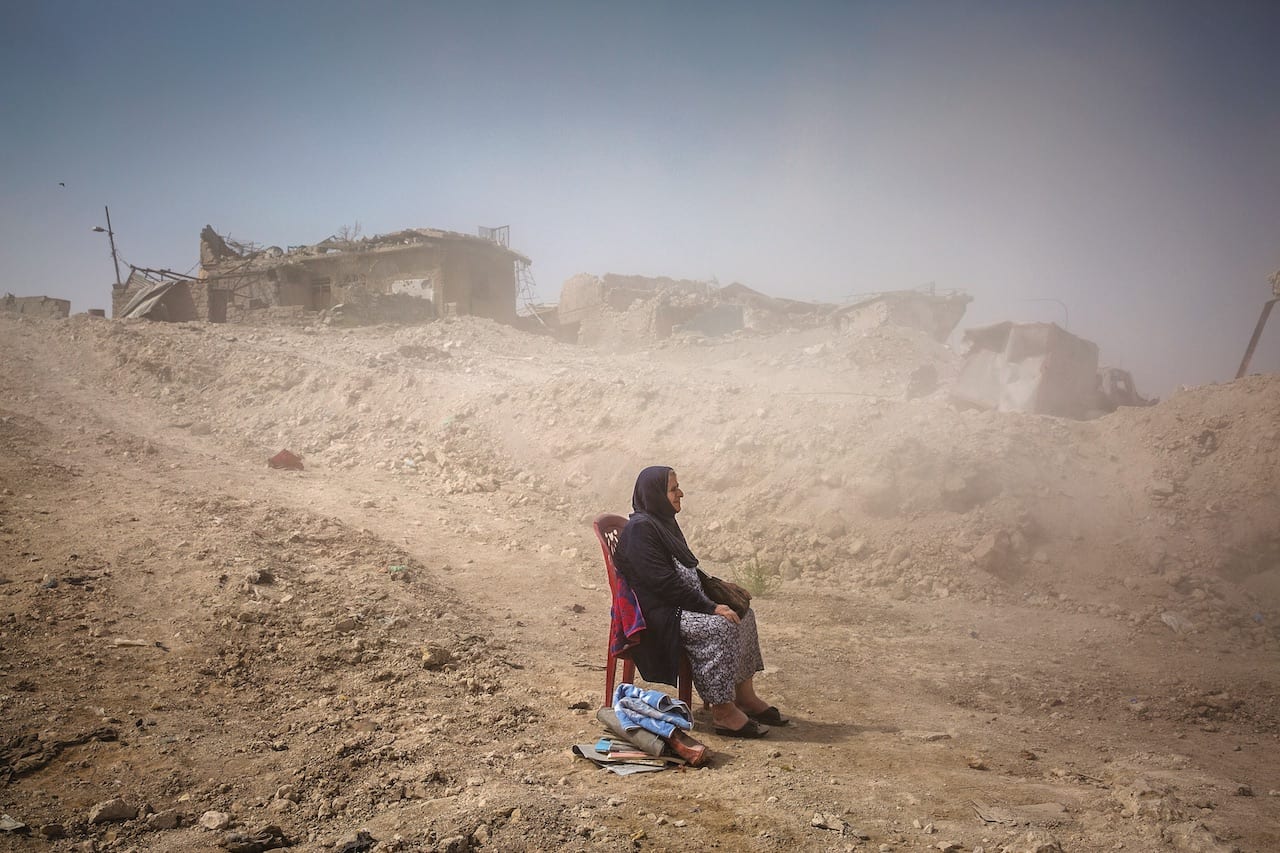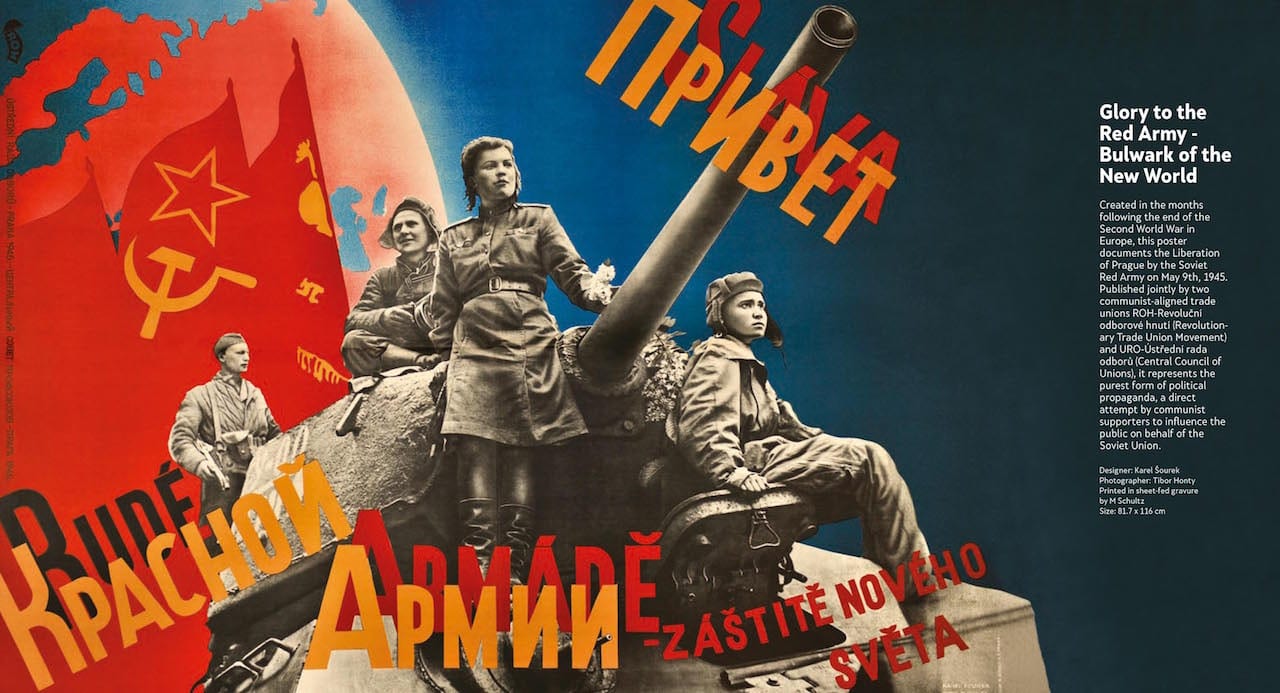
Tag: Steidl


Focusing on human struggle in the battle to defeat Isis, Ivor Prickett spent months on the frontline in Iraq and Syria, documenting the end of the caliphate, and
the daunting return home
for thousands
of displaced citizens

Published on the 100th anniversary of the Bauhaus, Moholy Album offers a new perspective on the work of one of the movement’s central members, László Moholy-Nagy

Spanning a 30-year career, Schorr’s work explores identity politics and photography’s fetishistic gaze. Best-known for her early portraits of adolescent boys, and her fashion and editorial work for magazines, her 2014 show, 8 Women, highlighted a shift in focus.
What draws me to photographing adolescent youth? The sense of things being unresolved. I succeeded in nothing as a child. I waited for high school to be over so I could go to New York. I knew things wouldn’t come easy. But I knew they could come if I worked for them.

“For me the beach is the perfect place to observe people,” wrote Massimo Vitali on his blog back in July 2018. “In other words, we go to the beach to take pictures of people, not to take pictures of the beach. The beach is the most suitable place to observe human beings’ behavior, the existence of us human beings. How do people share the space on the beach, how are they staring at each other, or are they looking the other way? This is more important than geographical elements.
His new series, Short Stories, features plenty of beach scenes, often shot in his native Italy. Born in Como in 1944, Vitali studied photography at the London College of Printing and worked as a photojournalist in the 1960s and 70s before becoming a cinematographer for TV and film in the early 1980s. He started to shoot large format photographs in 1993, finding fame with his work Beach Scenes in 1995. He’s also shot crowds in other landscapes though, including in nightclubs, and the new portfolio includes these other social spaces as well as beach scenes.

Publications we loved, and the big news stories from the last month in photobooks – including the nominees from the 2019 Mack First Book Award and an interview with photobook collector extraordinaire Manfred Heiting

“Chobi Mela continues the way it began,” writes Shahidul Alam. “Unyielding to power.” He’s referencing the very first Chobi Mela festival, which opened in Dhaka, Bangladesh back in 2000. Alam and Robert Pledge had painstakingly put together an exhibition on Bangladesh’s 1971 war, which a government minister – phoning at midnight – wanted to censor; rather than comply and remove the offending prints, Alam and Pledge moved the entire exhibition to a new venue, which opened at 3pm the next day.
“That is how we’ve always done it,” writes Alam, the founder of Chobi Mela. “Against the odds, facing the storm, with the wind against our face.”
Though he doesn’t mention it outright, it’s difficult to read his comments now without also thinking of Alam’s own recent experience, in which he spent 107 days in Dhaka Central Jail last year. The 63-year old photographer and Drik Gallery director was arrested on 05 August after stating in an interview with Al Jazeera that the wave of student protests in Bangladesh last year was a reaction to government corruption. He was charged with violating Section 57 of Bangladesh’s Information and Communication Technology Act (ICT) – which has been used in more than 20 recent cases involving journalists, most of them related to news-reporting – and was held for more than 100 days.

“I got into photography because I’m a little restless, and I liked that it was fast,” says Brazilian photographer Mona Kuhn, who has just published her sixth book with Steidl, She Disappeared Into Complete Silence. Even so, the speed of photography haunted her, as Kuhn feared that her photographs would be consumed then discarded – like so many of the magazines she read and tossed away. “I wanted to stop time with photography,” she says. “That’s another reason I got into nudes, for the timeless aspect.”
She Disappeared Into Complete Silence is an experimental project shot in Acido Dorado, a reflective house in the middle of the Californian desert designed by American architect Robert Stone. Inside it are mirrored ceilings and walls, which refract sheets of golden desert light that flood the house. Here, Kuhn presents a solitary nude on the edge of the desert, removed from any symbols of time, creating “an abstraction of being,” and “a space where our mind resides”.

Manfred Heiting started collecting photobooks in the 1970s, turning to it in earnest in the 1990s and creating a library that was considered one of the most complete in the world, including a copy of most of the important photobooks that appeared from 1888-1970 in Europe, the United States, the Soviet Union, and Japan. This collection formed the basis of several compendium books published by Steidl, including “Autopsie” – German Photobooks 1918-1945, The Soviet Photobook 1920-1941, and The Japanese Photobook 1912-1990 – but sadly, it was decimated in the California wildfires of 2018, when it went up in smoke along with Heiting’s home in Malibu. As Steidl publishes a new book by Heiting, Czech and Slovak Photo Publications, 1918-1989, BJP caught up with him.

